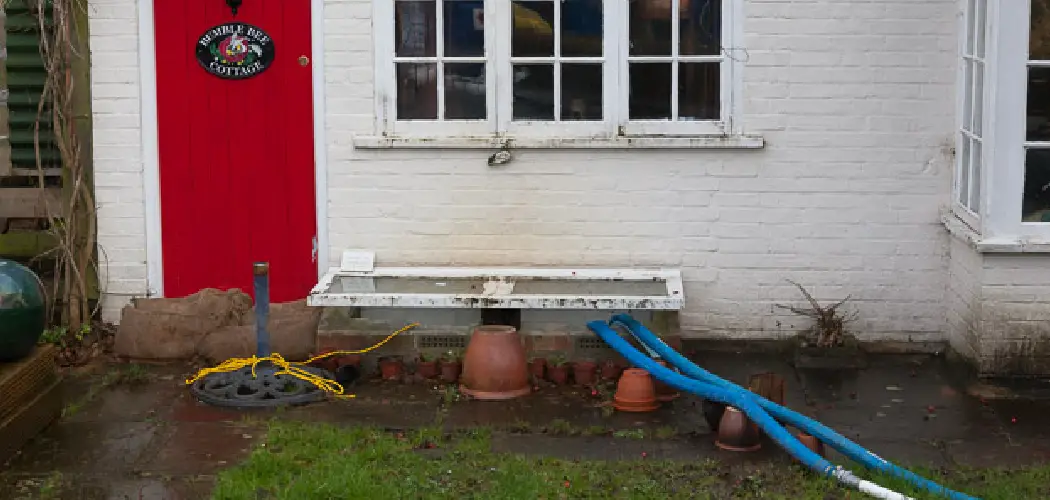Sewage in the yard is a serious and unpleasant problem that homeowners may encounter due to various reasons, such as sewer backups, septic system failures, or heavy rainfall overwhelming drainage systems. Exposure to sewage poses significant health risks, including infections from harmful pathogens and contamination of water sources, making the cleanup process both urgent and necessary. Environmentally, raw sewage can lead to the degradation of soil quality and harm local wildlife.
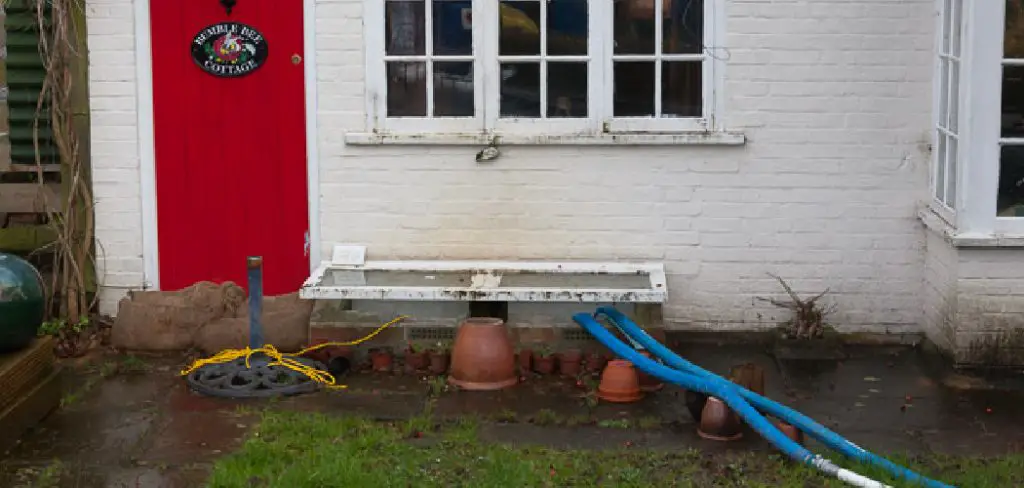
Addressing the question of how to clean up sewage in yard involves a series of critical steps to ensure safety and thorough decontamination. This includes taking necessary safety precautions like wearing protective gear, securing and containing the affected area, and properly removing and disposing of contaminated materials. By following these steps diligently, one can mitigate the health and environmental hazards associated with sewage spills and restore the safety and integrity of their yard.
Safety Precautions
Engaging in the cleanup of sewage in the yard requires strict adherence to safety precautions to protect against the numerous health risks present. Firstly, protective gear is essential. Wear sturdy gloves, rubber boots, and protective clothing to prevent direct contact with sewage and its contaminants. This barrier minimizes the risk of infections and skin irritation caused by harmful bacteria and viruses in the sewage.
Next, respiratory protection is crucial. Utilize a mask or respirator to avoid inhaling toxic fumes and airborne pathogens that can lead to respiratory issues. The presence of hazardous gases like methane and ammonia in sewage can pose severe health threats if inhaled without proper protection.
Additionally, hand hygiene cannot be overstressed. After handling sewage or contaminated items, thoroughly wash your hands with soap and water to eliminate any remnants of pathogens. It is advisable to use an antibacterial soap and scrub your hands for at least 20 seconds. Sanitizing hands after glove removal and before touching your face or consuming food and drink will further reduce the risk of transferring contaminants.
By rigorously following these safety precautions, you can significantly reduce the health hazards linked to sewage cleanup and ensure a safer environment for both yourself and others.
Containment and Isolation
Effective containment and isolation are vital steps in managing a sewage spill in your yard to prevent further contamination and protect human and animal health.
Establish Boundaries: Begin by using caution tape or temporary barriers to cordon off the affected area. This prevents access by people and pets, reducing the risk of contact with harmful pathogens present in the sewage. Ensure the boundaries are clearly visible and secure to maintain a safe distance from the contaminated area.
Block Drainage: To prevent the sewage from spreading to unaffected areas or entering storm drains, strategically place sandbags or other barriers around the contaminated zone. This action is crucial to prevent the sewage from infiltrating clean water sources and causing more extensive environmental damage.
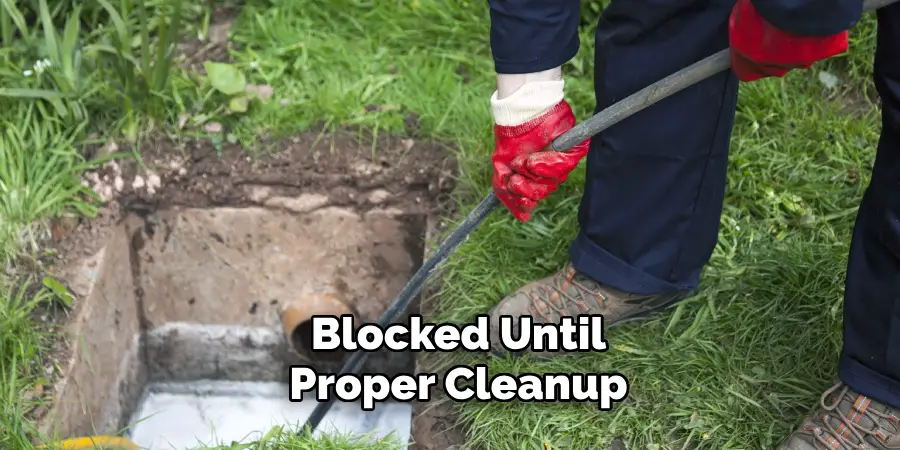
Cover Openings: Seal off any potential entry points such as floor drains, vents, and other openings in nearby structures. This precaution helps to prevent sewage from entering homes or buildings, where it can cause significant damage and pose severe health risks. Using sealants or temporary covers, ensure that these openings are effectively blocked until proper cleanup can be conducted.
By establishing clear boundaries, blocking drainage pathways, and covering openings, you can manage the spread of sewage, ensuring a more contained and controlled cleanup process.
How to Clean up Sewage in Yard: Removal of Contaminated Materials
Solid Waste
Solid waste removal is a critical component of cleaning up sewage in the yard. Use a shovel or scoop to carefully remove solid waste and debris from the contaminated area, placing them into heavy-duty trash bags for proper disposal. Ensure that the bags are strong enough to handle the waste without tearing. Avoid shaking or stirring the waste, as this could release additional pathogens into the air. Once filled, seal the trash bags securely and follow your local guidelines for hazardous waste disposal.
Absorbent Material
Next, address any liquid sewage present by spreading absorbent material over the affected area. Materials such as cat litter, sawdust, or specially formulated absorbent pads are effective for soaking up liquid sewage. Distribute the absorbent material evenly and allow it to sit sufficiently to fully absorb the moisture. After the material has absorbed the liquid, use your shovel or scoop to collect the saturated absorbent and place it into heavy-duty trash bags for disposal. This process helps in managing the spread of liquid sewage and makes it easier to handle during later stages of cleanup.
Pressure Washing
For hard surfaces like concrete or asphalt that have been contaminated by sewage, pressure washing is an effective method for removal. Utilize a pressure washer with hot water and a detergent designed for sanitizing purposes. Begin by spraying the entire affected area to remove any remaining waste particles. Focus on thoroughly cleaning all crevices and cracks to ensure that no contaminants are left behind. After pressure washing, allow the surfaces to dry completely before moving on to disinfection.
Disinfection
After removing visible waste and debris, it is essential to disinfect the area to eliminate any remaining bacteria and pathogens. Prepare a disinfectant solution by diluting bleach in water, typically using one part bleach to ten parts water, unless otherwise specified by the product instructions. Apply the disinfectant generously to all hard surfaces that were exposed to sewage, ensuring full coverage. Allow the solution to sit for at least 10-15 minutes to effectively kill the bacteria and other pathogens. Rinse the area with clean water afterward and let it dry completely.
Soil Removal
Excavation may be necessary in cases where soil is highly contaminated or has been heavily saturated with sewage. Depending on the extent of the contamination, carefully remove the contaminated soil using a shovel or small excavator. Place the removed soil into heavy-duty trash bags or a designated hazardous waste container.
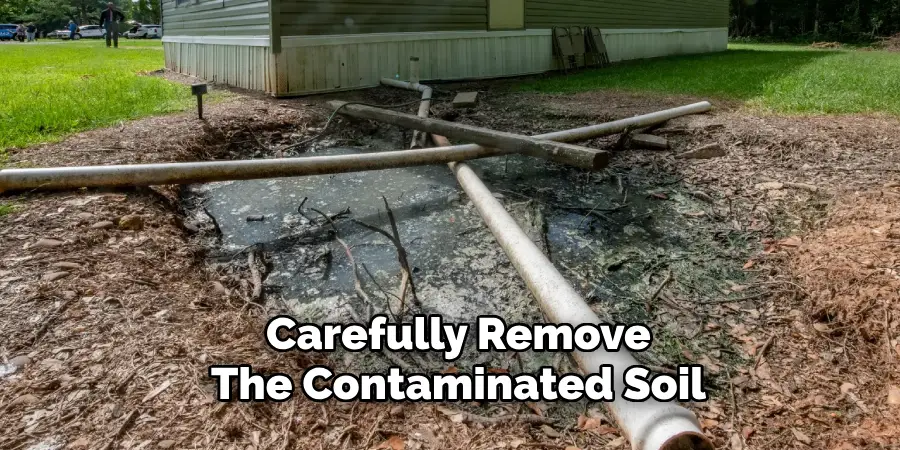
This contaminated soil should then be disposed of in accordance with local environmental regulations. Refill the excavated area with clean topsoil to restore the yard’s condition.
Professional Assistance
Consider hiring a professional cleanup crew or restoration company for large-scale sewage spills or extensive contamination. Professionals are equipped with the knowledge, experience, and equipment required to handle severe situations safely and effectively. They can ensure that the cleanup process is thorough, reducing the risk of lingering contaminants that might pose health risks or environmental hazards.
By following these steps meticulously, you can effectively manage the removal of contaminated materials and restore your yard’s safety and cleanliness.
How to Clean up Sewage in Yard: Disposal and Decontamination
Waste Disposal
Dispose of contaminated materials, including sewage-soaked soil, debris, and used cleaning supplies, in compliance with local regulations and guidelines. This often involves transporting hazardous waste to designated disposal facilities to prevent environmental contamination and potential health risks. Always use heavy-duty trash bags or containers that are specifically designed for hazardous waste to ensure safe transportation and disposal.
Decontamination
After the removal of contaminated materials, decontaminate all tools, equipment, and personal protective gear used during the cleanup process. Use a disinfectant solution, such as diluted bleach, to thoroughly clean and disinfect shovels, scoops, pressure washers, and any other equipment. Pay attention to all surfaces, ensuring no residues or pathogens remain. Allow the tools and equipment to dry completely before storing them away.
Personal Hygiene
Personal hygiene is crucial after handling sewage-contaminated materials. Immediately after completing the cleanup, take a thorough shower to remove any traces of sewage or contaminants from your skin. Use soap and warm water, scrubbing all areas of your body meticulously. Additionally, wash the clothing worn during the cleanup process separately from other laundry, using hot water and detergent to ensure all contaminants are effectively removed.
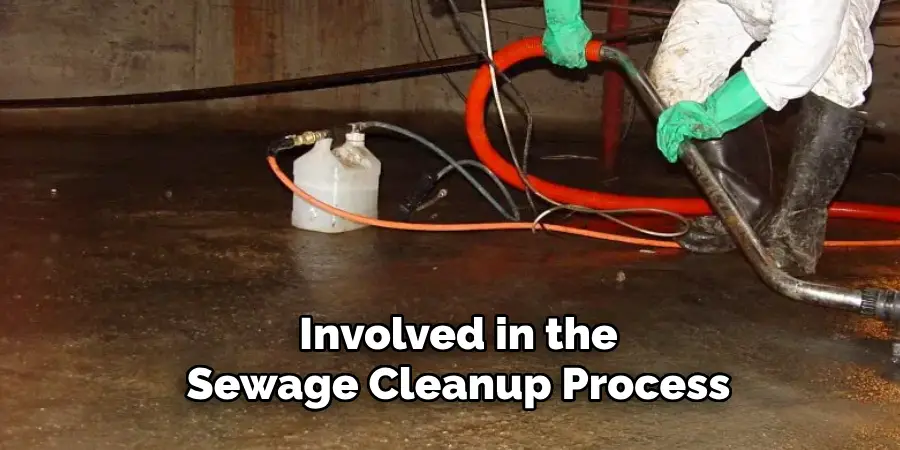
Proper personal hygiene reduces the risk of illness and ensures the safety and well-being of those involved in the sewage cleanup process.
Environmental Remediation
Restoration
To fully restore the affected area, begin by reseeding the soil with grass seed and planting new vegetation to replace any that was damaged by the sewage contamination. This not only improves the aesthetic appearance of the yard but also contributes to soil stability and moisture retention. Additionally, any landscaping features that may have been affected, such as pathways, garden beds, or retaining walls, should be repaired. Ensuring that these features are in good condition will help in maintaining the overall integrity and beauty of the landscape.
Drainage Improvements
Consider making important drainage improvements to prevent future sewage backups or flooding. Installing French drains can help direct water away from the yard, reducing the risk of standing water and subsequent contamination.
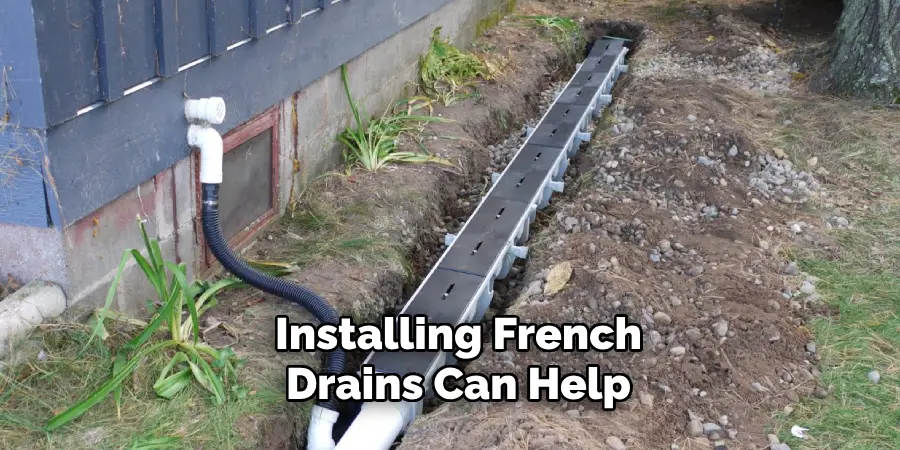
Redirecting downspouts to discharge water away from the foundation and other critical areas can also mitigate the risk of water pooling and overwhelming the existing drainage system. These preventive measures are crucial for maintaining a clean and safe outdoor environment.
Prevention Measures
Regular Maintenance
To prevent backups and failures, it is crucial to schedule regular inspections and maintenance for sewer lines, septic systems, and drainage infrastructure. Hiring professionals to assess the condition of your sewage system can help identify potential issues before they become severe problems. Routine maintenance tasks, like clearing blockages, repairing leaks, and upgrading aging components, can significantly reduce the risk of sewage spills.
Emergency Preparedness
Being prepared for emergencies can make a substantial difference in mitigating the impact of sewage spills or backups. Develop an emergency plan that includes strategies for promptly addressing sewage issues, such as having easy access to necessary cleanup supplies, including gloves, disinfectants, and heavy-duty trash bags.
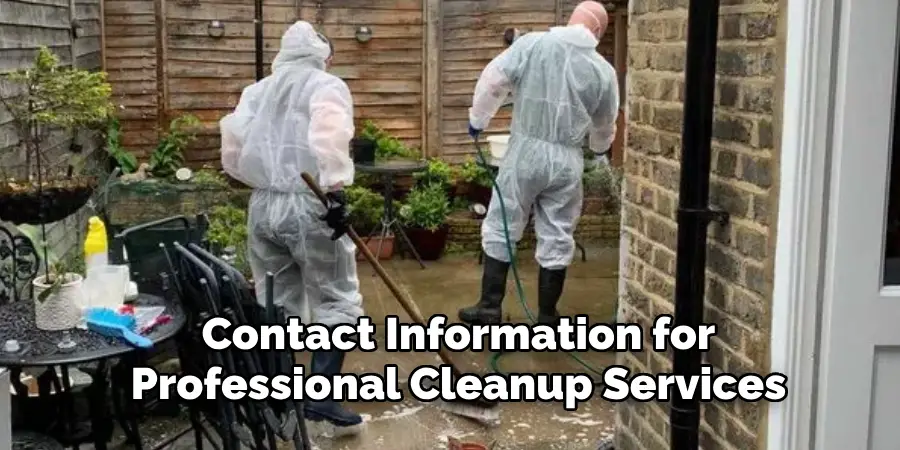
Keep the contact information for professional cleanup services readily available, ensuring quick response times in the event of a severe contamination incident. Maintaining a well-prepared household helps protect the health and safety of all occupants and minimizes environmental damage.
Conclusion
Cleaning up sewage in the yard requires a meticulous approach to ensure safety and efficacy. Start by donning personal protective equipment, including gloves, masks, and boots. Contain the spill to prevent further spread and remove any sewage-soaked debris. For soil removal, carefully excavate contaminated soil and dispose of it following local environmental regulations.
Decontaminate tools and personal protective gear thoroughly, and practice stringent personal hygiene after the cleanup. Restoration efforts should include reseeding grass, planting new vegetation, and repairing any damaged landscaping features to restore the yard’s appearance and health. Drainage improvements, such as installing French drains or redirecting downspouts, are crucial preventive measures.
Understanding how to clean up sewage in yard promptly and thoroughly is vital for mitigating health risks and environmental damage. Routine sewer line maintenance and having an emergency preparedness plan will further protect your outdoor environment from future incidents. Ensuring a safe and well-maintained yard is integral to your home’s overall well-being.

